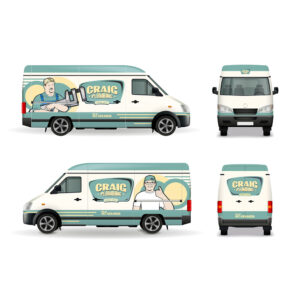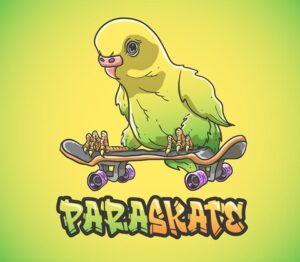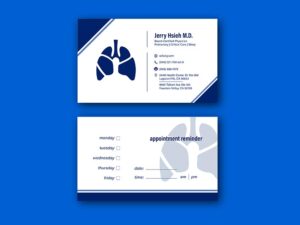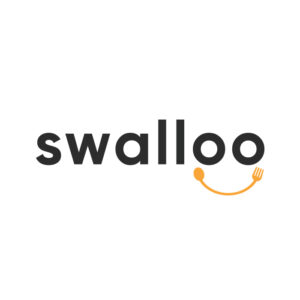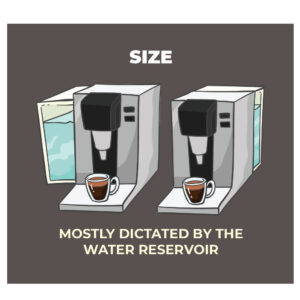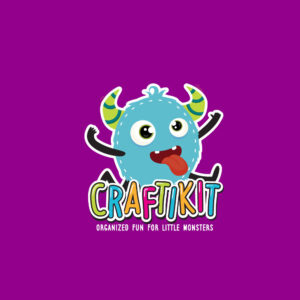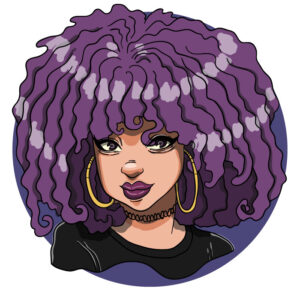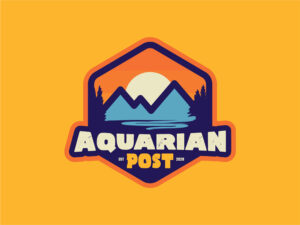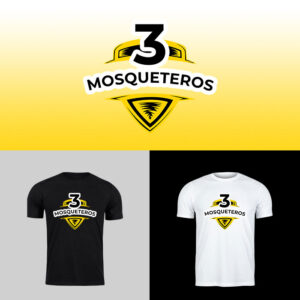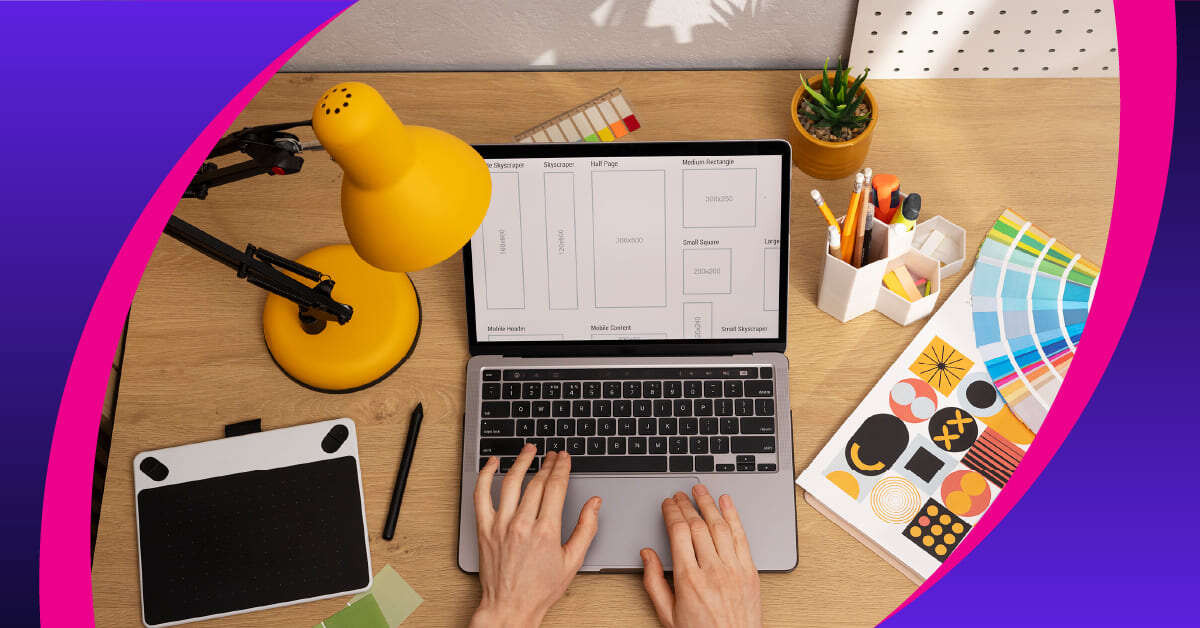
Effective graphic design grabs attention, builds a strong brand identity, and drives sales and revenue. However, time is money, as the adage says. Some people get frustrated when they think design takes longer than usual. If you’re in the same situation or wondering how long a graphic designer finishes a project, we are here to help.
In this article, we’ll provide insights into the graphic design process and what you can do, as a client, to speed up the process.
What are the Steps in the Graphic Design Process?
In a nutshell, graphic design is an essential visual communication tool marketers use to convey messages about a brand. It focuses on creating attractive visual assets, is on-brand, and resonates with target audiences.
The designer must follow logical, step-by-step methods to complete a creative process. Every graphic design process should always include the preparation of a creative brief, the creation phase, the client’s feedback, and the final delivery. Continue reading as we break down the crucial stages of graphic design.
What Services Do Graphic Designers Offer?
- Logo design
- Branding design (business cards, stationery)
- Merchandise
- Packaging
- Social media design
- Email design
- General marketing graphics
- Brochures
- Flyers
- Banners
- Web graphics
1. Prepare a Creative Brief
Before grabbing those digital drawing tools, the initial in your graphic design process must be the preparation of a creative brief. Otherwise known as a design brief, this document will capture your client’s wants, needs, and other considerations on the project.
Anyone wanting to tap professional graphic design services must articulate their goals behind the visual asset they request. Designers may receive complete design briefs from colleagues or clients, ask questions, and fill out the design brief.
Either way, your creative brief should address:
- Company information
- Branding specifications
- Target audience (demographics)
- Asset type (logo design, web or app design, eBook design, etc.).
- Purpose of the visual asset
- Initial design concept
- Design specifications
- Delivery format and file type
- Project Timeline
- Budget
2. Conduct Research
Now that you’ve defined your creative mission, it’s time to translate it into visuals. Remember, graphic design isn’t just about making things look good. Research is the foundation for solid design. By digging in, you’ll gather inspiration, build a shared vision with others, and justify your design choices.
During the research stage, you must focus on gathering, understanding, and exploring the following:
- The product or service you are representing
- Competitors’ design/s
- Brand’s market positioning and differentiating qualities.
- Target audience
- Color theory and design trends.
- Inspirational images for your mood board.
3. Create the Initial Design Concept
Armed with your research’s design brief and results, it’s time to start building the framework for what the asset will look like. Regardless of the scale of your project, it’s essential to present your initial concepts to the rest of the team. An excellent graphic design rule of thumb is to pitch three ideas:
- Provide exactly what the client asked for.
- Based on everything you know, offer your interpretation of what you think they’ll like.
- Pitch a new idea relevant to the design brief.
Start with rough sketches in Adobe Illustrator for scalable graphics. Brainstorm with your team to refine them into a cohesive visual language for the final project.
4. Create the Design
A graphic designer is expected to implement best practices regarding color, typography, information hierarchy, and positive and negative space during the design stage. They are also encouraged to use suitable graphic design software and other productivity tools to execute the project. For instance, Adobe Creative Cloud can streamline the graphic design workflow and provide various tools for different design needs. In addition, tools like Lightroom and Photoshop enable powerful image editing capabilities.
5. Client Feedback and Revisions
The feedback stage involves smaller steps that ensure quality control and perfect alignment with stakeholders’ vision. The feedback stage refines your design through iterative loops:
- Submit your work for internal review.
- Address feedback and iterate.
- Present to clients/stakeholders.
- Justify design choices based on the brief.
- Gather and incorporate all feedback.
- Finalize revisions and present internally.
Repeat until everyone’s happy: Ensure all changes are addressed before finalizing.
6. Final Production and Delivery
Based on your creative brief, package them in production-ready formats (file types & sizes). This saves your client time and ensures a smooth implementation, making everyone happy with the final design.
How Fast Does a Graphic Designer Complete a Project?
Design projects, whether digital or printed, encompass a variety of types, each requiring different durations. Typically, single digital assets take 1 to 6 days to complete, while print collateral usually takes 5 to 12 days. Web and app design may extend up to 6 weeks.
However, these timelines can vary based on circumstances. The provided durations are broad averages. Common design projects and their general timelines are outlined below. It is essential to note that these timelines exclude the creative development or ideation phase and include a maximum of three rounds of client review and revisions.
Graphic Design Project Example and Timelines:
- Logo: 10-20 hours
- Landing pages: 15-80 hours
- Display ads: 1-8 hours
- Social Media Graphics: 1-6 hours
- Printed Brochures: 5-8 days
- PowerPoint Presentation (15 slides): 10 hours
- Web design- approximately 6 weeks
What Clients Can Do to Speed Up Your Design Process
A harmonious client-designer relationship is critical to a successful graphic design project. Here’s what clients can contribute to speed up the design process:
Set a Deadline
When do you need your deliverables? Many people are still determining when to start their design project to deliver it on time, so it’s best to start with an end date and backtrack your timeline.
In any case, allowing yourself an additional week beyond the estimated turnaround time is wise to account for unforeseen challenges. With most design projects, providing designers with more time generally leads to a better outcome for your project.
Prepare Materials in Advance
You can also save time if you have prepared some design materials yourself. Do you have specific photos you want to use? If so, ensure they’re high resolution, meaning they have large dimensions (above 1,000 pixels by 1,000 pixels) and are not blurry. It’s important to note that you can’t turn a low-resolution image into a high-resolution one, so if you only have a low-resolution image, we recommend finding a different, higher-resolution one.
A vector file typically ends in—AI, SVG, EPS, or occasionally, certain PDFs containing vector artwork. Ask your designer for guidance if you need help with the correct file formats; they’ll gladly assist.
Furthermore, if you have any inspiration or examples of what you’d like your project to look like, share them with your designer to provide a clear direction. Providing this information upfront will save time in the ideation phase, as your designer will better understand your preferences.
Client Feedback
Most projects include up to three revisions, giving the designer clear and timely feedback. The quicker designers hear clients’ feedback, the quicker they can finish the design project. The longer they spend on edits, the more refined and polished your project will become.
Unlimited Graphic Design with Penji
An effective graphic design process will undoubtedly help you create industry-quality designs in 1-2 days. At Penji, our proven graphic design process goes beyond aesthetics. It enables you to achieve business goals – boosting sales and building a solid online presence. If you want graphic designs like no other, check out how Penji works by watching our 6-minute video demo.
About the author

Rowena Zaballa
With a background as a former government employee specializing in urban planning, Rowena transitioned into the world of blogging and SEO content writing. As a passionate storyteller, she uses her expertise to craft engaging and informative content for various audiences.
Table of Contents
- What are the Steps in the Graphic Design Process?
- What Services Do Graphic Designers Offer?
- 1. Prepare a Creative Brief
- 2. Conduct Research
- 3. Create the Initial Design Concept
- 4. Create the Design
- 5. Client Feedback and Revisions
- 6. Final Production and Delivery
- How Fast Does a Graphic Designer Complete a Project?
- What Clients Can Do to Speed Up Your Design Process
- Unlimited Graphic Design with Penji

